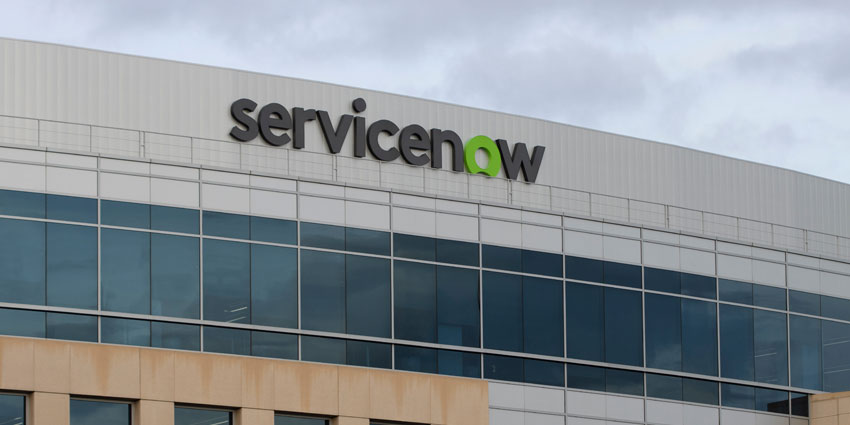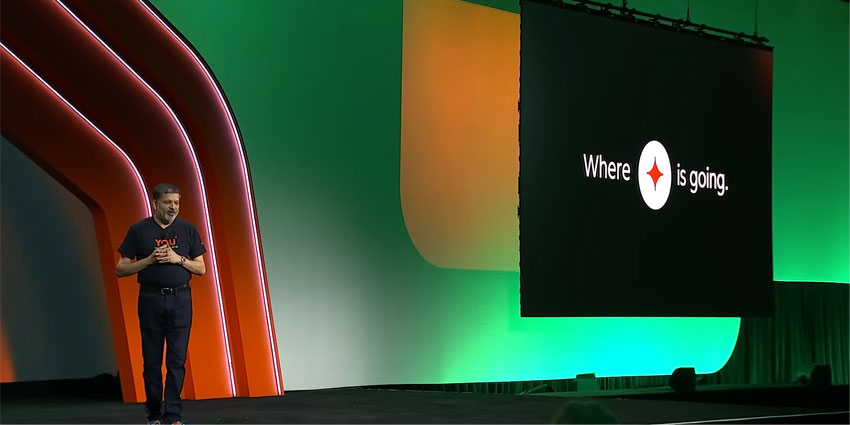Data breaches dominated the news at the end of 2020, but these stories are certainly not new. Data breaches have been happening all the more often, with examples of the biggest data thefts of late being Talk Talk, Yahoo and of course Facebook as well as more news of them trickling into the new year. Data from major cyber security firms revealed that tens of billion records have been exposed in data breaches exposed in 2020.
They make customers feel violated and cause shockwaves of panic up across the entire sector. They’re terrible for business and can be catastrophic to the very people at the heart of the breach.
With this in mind, it has never been more crucial for industry professionals to consider innovative solutions to compliance, security and the customer experience within the contact centre and wider business communications environments. Many businesses are now using the cloud when it comes to how they use and protect their customers’ payment data. Payment handling via the cloud is new territory for many, with some business leaders questioning whether this type of cloud migration is right for them, their staff and their consumers.
Here, we look at ways in which cloud-based payment options are improving businesses and keeping customers safe.
Private v Public
Among other businesses, the four biggest banks in the US process their customers’ payments by using the cloud. A story that hit headlines recently was the Bank of America, which announced it plans to move a staggering 80% of its technology to the cloud in a time space of two to three years. These banks achieve this using remote data centres that are accessed via a private network. These huge financial institutions opted to use so-called private clouds owned by cloud partners where client data is kept strictly partitioned. This is in comparison with a public cloud, which works by offering up users a shared infrastructure. There’s also, however, an option of a hybrid cloud, which is essentially a mix of the two. But what’s the better option? The private cloud is deployed within a firewall, which is great for that extra security customers need. But as a public cloud is available over the internet it is more suitable if users are spread all over the world.
Pinching the Pennies
Another key driver in cloud payment system migrations is that they lower costs. When firms have an on-premise data centre, they need to buy the hardware to equip it. But that cost drops to zero with the cloud. Yes, business leaders will pay for space on a provider’s data centre if it’s not their own, but the costs are usually much lower in comparison. It’s also cheaper when it comes to software. This is because instead of having to pay for constant software updates, with the cloud, they happen behind the scenes and are typically covered in the initial fees.
Improving Speed
Cloud providers are also aiding companies in achieving customer demand through speed. The framework of cloud computing is designed to easily transfer files from one device to another, and from anywhere. That means if companies have spent the last ten months of the pandemic struggling to get their agents set up working from home, this could have been avoided with cloud hosting.






